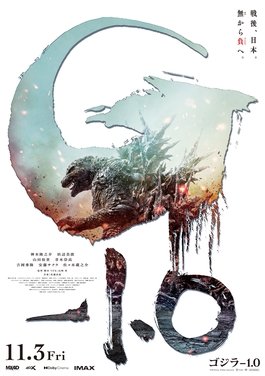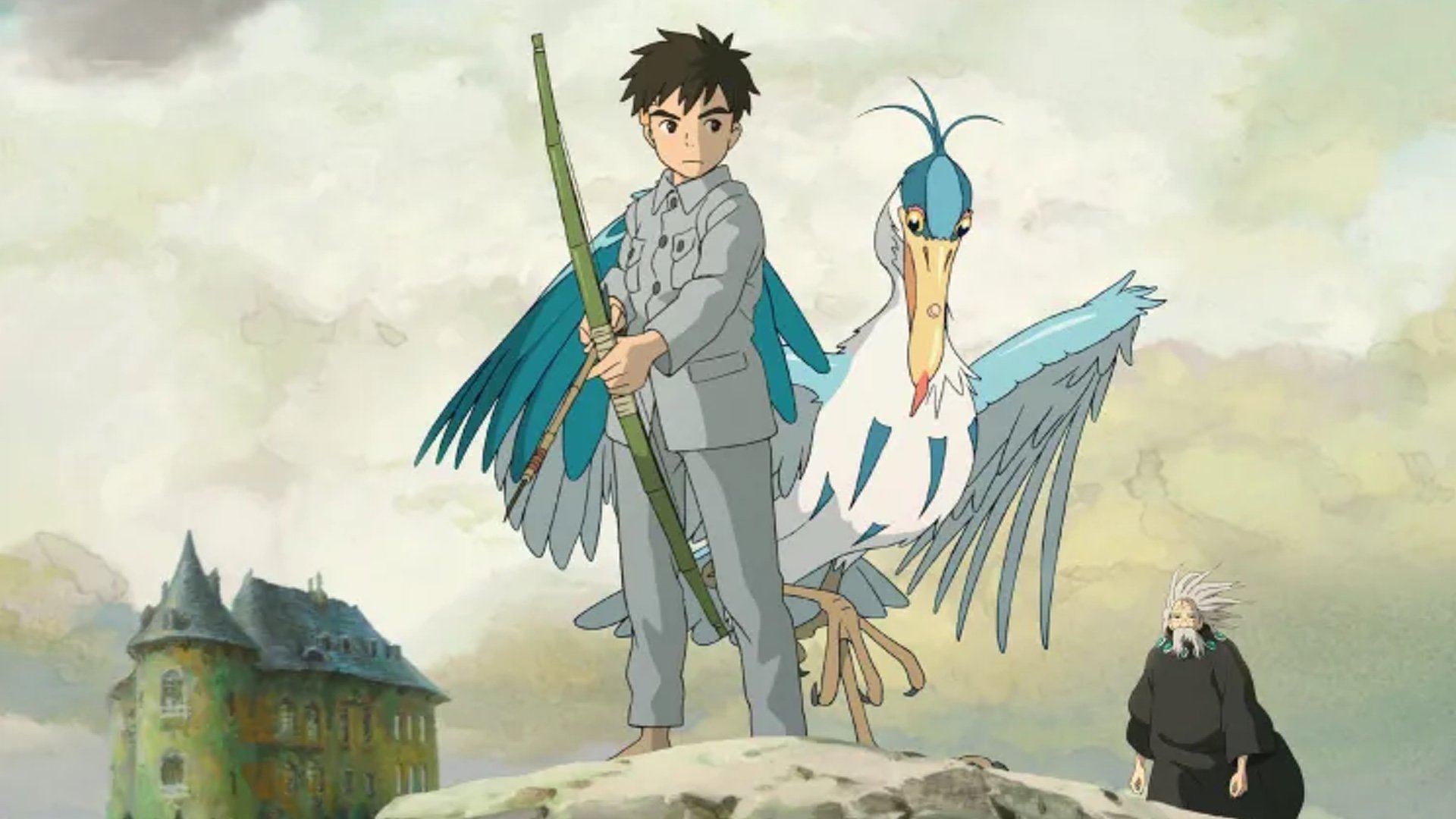
Sometimes, a classic franchise needs to get back to its roots.
And after a highly unconventional outing in “Shin Godzilla,” Toho and director/writer Takashi Yamazaki, decided to do just that in “Godzilla Minus One.” This may be the best Godzilla movie ever made – an emotionally deep, historically-rich tale of disaster, loss, grief and guilt, which just happens to center around a giant nuclear reptile.
Kōichi Shikishima (Ryunosuke Kamiki), a young kamikaze pilot, stops at remote Odo Island with the claim that his engine is malfunctioning… but the truth is, he just doesn’t want to die. That night, a large hostile reptile nicknamed Godzilla comes ashore and kills all the engineers, and Shikishima believes it’s because he froze up instead of shooting the creature. More guilt, on top of his belief that he failed his country instead of dying for it.
After returning to Tokyo to find his parents dead, Shikishima finds himself living with a young homeless woman named Noriko (Minami Hamabe) and an orphaned baby, Akiko (Sae Nagatani). He gets a job as a minesweeper to support the three of them, though his guilt and feelings of worthlessness keep him from explicitly forming a family unit. And he’s still haunted by what happened on Odo Island, and vivid dreams of the men he didn’t save.
Then a vast, mutated creature ravages U.S. ships on its way to Japan – and Shikishima realizes that it’s none other than Godzilla. Not only is he vast and strong, but he regenerates from almost any injury, and he’s able to shoot a nuclear blast from his mouth that can vaporize a heavy cruiser. With only the slimmest chance of success and very few resources, the chances of destroying Godzilla are virtually nonexistent – but if Shikishima can overcome his demons, Japan’s people might have a chance.
It may be a controversial opinion, but I feel that “Godzilla Minus One” actually tops the original 1954 classic, which spawned the entire Japanese kaiju genre. That’s because it’s not merely an outstanding kaiju movie with a slow-simmering allegorical message about the horrors of nuclear war, much as the original was, but a deeply personal story about survivor’s guilt, PTSD, love for one’s people, and what a government owes to the people who serve it.
Director/writer Takashi Yamazaki weaves together all these threads without being heavy-handed or slowing down the story. The slower-paced, more personal parts are never boring because they’re so richly characterized (including the parts with real-life Japanese military ships and aircraft). And the parts with Godzilla are electrifying, like when he monches on a train or chases the minesweeper ship with a look of pure hate on his face. This is a Godzilla who wants the human race dead, not the lovable world-saver of many other Godzilla films.
Much of the movie rests on Kamiki’s shoulders, and he gives an absolutely stellar performance here – he embodies the painful guilt, the fear, the terror, the trauma, the longing for love and fatherhood that he can’t bring himself to embrace because he doesn’t think he’s worthy of happiness. The other characters are drawn with equally loving complexity, such as the sweet-natured Noriko played by Minabe, tormented engineer Tachibana, Shikishima’s lovable fellow minesweepers, and Sumiko, a neighbor who initially blames Shikishima for the deaths of her children but helps care for Akiko despite that.
And since “Godzilla Minus One” won an Oscar for best visual effects, it would be unfair not to praise them. The effects on a movie that cost a mere $10-12 million are absolutely superb – Godzilla has rarely looked this good, and the widespread destruction looks painfully realistic. Even without being compared to the kind of half-baked VFX that currently comes out of companies like Disney, this is a masterpiece.
“Godzilla Minus One” is a movie that is deeply, richly satisfying, both as a kaiju movie and as a human drama – a triumph for Toho and the Godzilla series, and an outstanding film overall.
